-
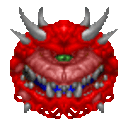 polyphuckin
posted in technical issues • read more
polyphuckin
posted in technical issues • read more@whale-av Thank you so much for replying quickly and giving a detailed installation step. Unfortunately i forgot to mention that i'm running MacOS Sierra.
I'll follow your steps as a guide to MacOS and report back if it get it installed.
Cheers
-
 polyphuckin
posted in technical issues • read more
polyphuckin
posted in technical issues • read moreHi
I'm having a little trouble installing the SDT library from here.When it downloads i'm presented with a folder of help patches and a file called SDT.framework
I'm currently using Pd-0.48-2 and i've tried copying the .framework in to the frameworks folder (using 'show package contents') and then putting the help files into the 'extra' folder.But no luck. What's the proper way to install this library?
Cheers
-
 polyphuckin
posted in news • read more
polyphuckin
posted in news • read more@jancsika I presented it to some of my students and neither of them thought they would be suitable. There's only so much encouragement I can give them.
If there ends up being an extension, i'll try again.
-
 polyphuckin
posted in news • read more
polyphuckin
posted in news • read moreWhen you say "write Pd patches" that doesn't sound to hard and i've looked at the list you linked to on the github.
I'd like to recommend a few of my students to register but none of them no much programming outside of Pd. What sort of a level and knowledge of languages is a prerequisite for applying?
Cheers
-
 polyphuckin
posted in technical issues • read more
polyphuckin
posted in technical issues • read moreI'm trying to conduct FFt on some data stored in an array. Ideally I would like to see the sinusoidal components (harmonics/partials) and phase of each to be ably then to write the first 4 harmonics say into another array for visualisation.
I'm not quite up on my FFT outputs, is the real portion in the frequency domain and the imaginary portion in the Amplitude range?
Or, is there a way to do fft outside of audio and just get the first 4 partials of data stored in an array/buffer?
On a side note, what's the difference between the objects [fft~] and [rfft~]
Cheers
-
 polyphuckin
posted in technical issues • read more
polyphuckin
posted in technical issues • read more@whale-av Thanks for that. It seems to work. Especially after i removed the comma, and used space as a delimiter.
@EEight Yes and no. It's a data dump that will be graphed and then FFT to find it's components, but i'm terrible in all other programming languages and only mildly faster in Pd.
@liamG The problem was that my brain wasn't working. Now i've been pointed in the right direction and had a proper play i think i can move forward.
I'll post up my patch when i finish it, it's performing FFT on a stochastic oscillator.
-
 polyphuckin
posted in technical issues • read more
polyphuckin
posted in technical issues • read moreHi
Is anyone able to point me to a quick explanation on parsing data from a CSV file?
I've seen a few bit's and bobs on the forum but struggling to understand it properly.
Cheers
-
 polyphuckin
posted in news • read more
polyphuckin
posted in news • read moreHey
I compiled 2.4.9 from source this morning and I think i've found a couple of bugs (I may be mistaken though). I've noticed that [shuffle] will occasionally repeat numbers in a sequence and the when I try to open the file contained within [coll] I get the error:
legacy tcl command at 182 of ../shared/hammer/file.c: hammereditor_open .620f40 600x600 {coll: Untitled} 1 legacy tcl command at 229 of ../shared/hammer/file.c: hammereditor_setdirty .620f40 0The work around for me currently is to use [dump( into [print].
I'm on macOS 10.12.6
cheers
-
 polyphuckin
posted in patch~ • read more
polyphuckin
posted in patch~ • read moreHello Forum
I've been having a playing around with phase distortion synthesis for the past few days (it seemed fun).
I've had a go at creating a quick 4-note poly with 4 voice synth for MIDI. Each voice is on a separate MIDI channel for listening on the IAC Bus from Logic (I'm using the .mid files for Doom).
I've created two ways for generating the phase table (ramp1 & ramp2). The first one is for simply modulating a linear ramp, the second for a complex ramp with option to flip between the two for all voices.
The wave table lookup (array: wave) is a cosinsum with the option to switch to sinesum and square.
Have a play around and let me know if there is any way to make it better/more efficient and thoughts. I've not kept to the strict best practices ($0-) but it should work out of the box.
Cheers
-
 polyphuckin
posted in technical issues • read more
polyphuckin
posted in technical issues • read moreUnfortunately i don't think i can help with this without either having the pedal in front of me i can't help as i'm not sure on the set up and how things are connected.
Some one elses may come along and be able to help. Sorry.
-
 polyphuckin
posted in patch~ • read more
polyphuckin
posted in patch~ • read moreCheers for the advice, i'll update those two objects.
The only reason i was actually using [envgen] is due to recently having a lot of problems with [vline~]. For some reason it's stopped doing complex ramps (ramp up hold ramp down, that sort of thing) in a lot of my patches, even the help patch doesn't work. There are a few that still work though. It's very odd.
-
 polyphuckin
posted in patch~ • read more
polyphuckin
posted in patch~ • read moreI've done an update to Mario_jump as i realised the waveshape is triangle not square.
-
 polyphuckin
posted in patch~ • read more
polyphuckin
posted in patch~ • read moreAnd some bonus screenshots as a comparison of the Warp Pipe so you can see what i mean.
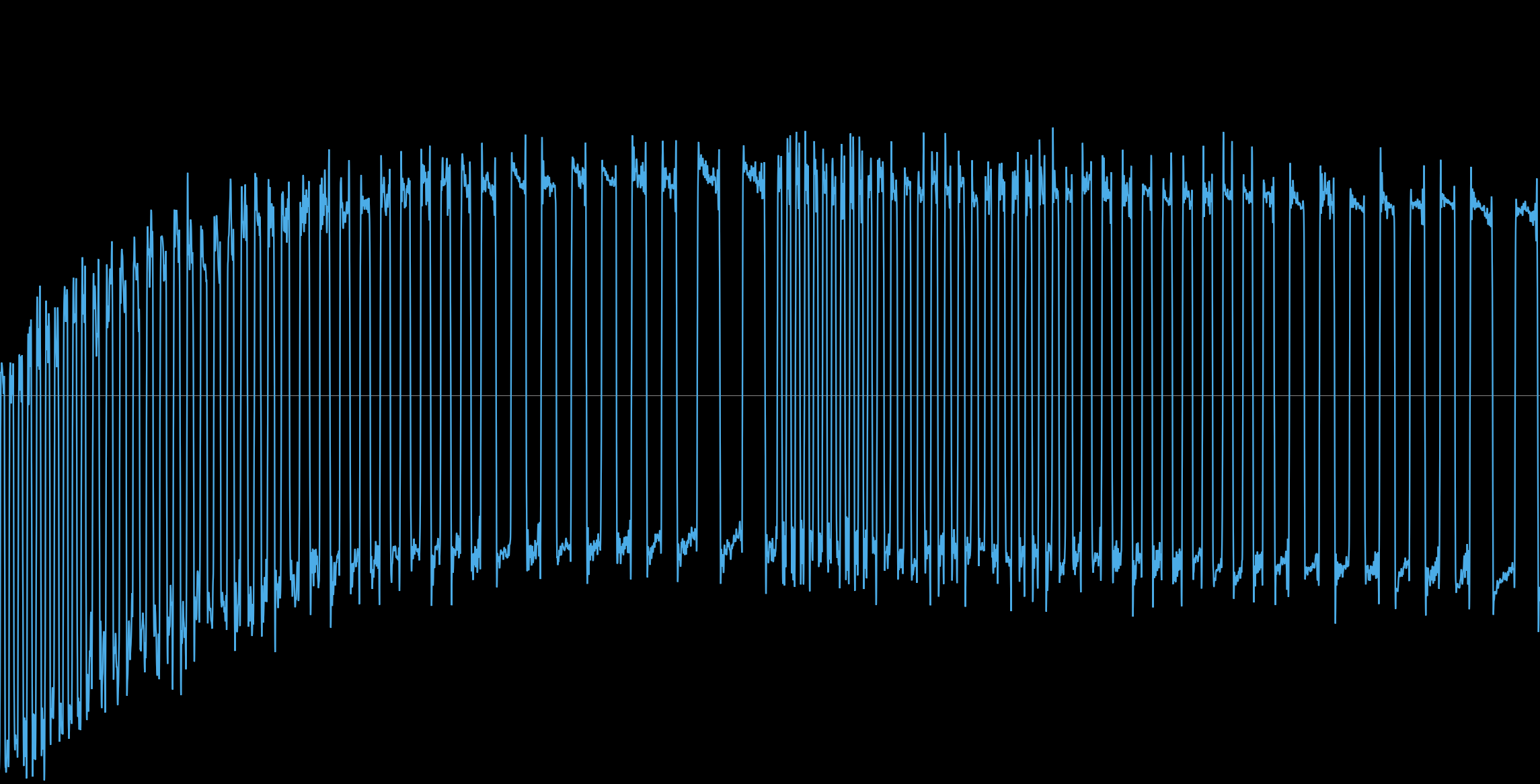
This first image is a snapshot of the waveform making up the warp pipe sample. You can clearly see note definition, duration, waveform and overall envelope.
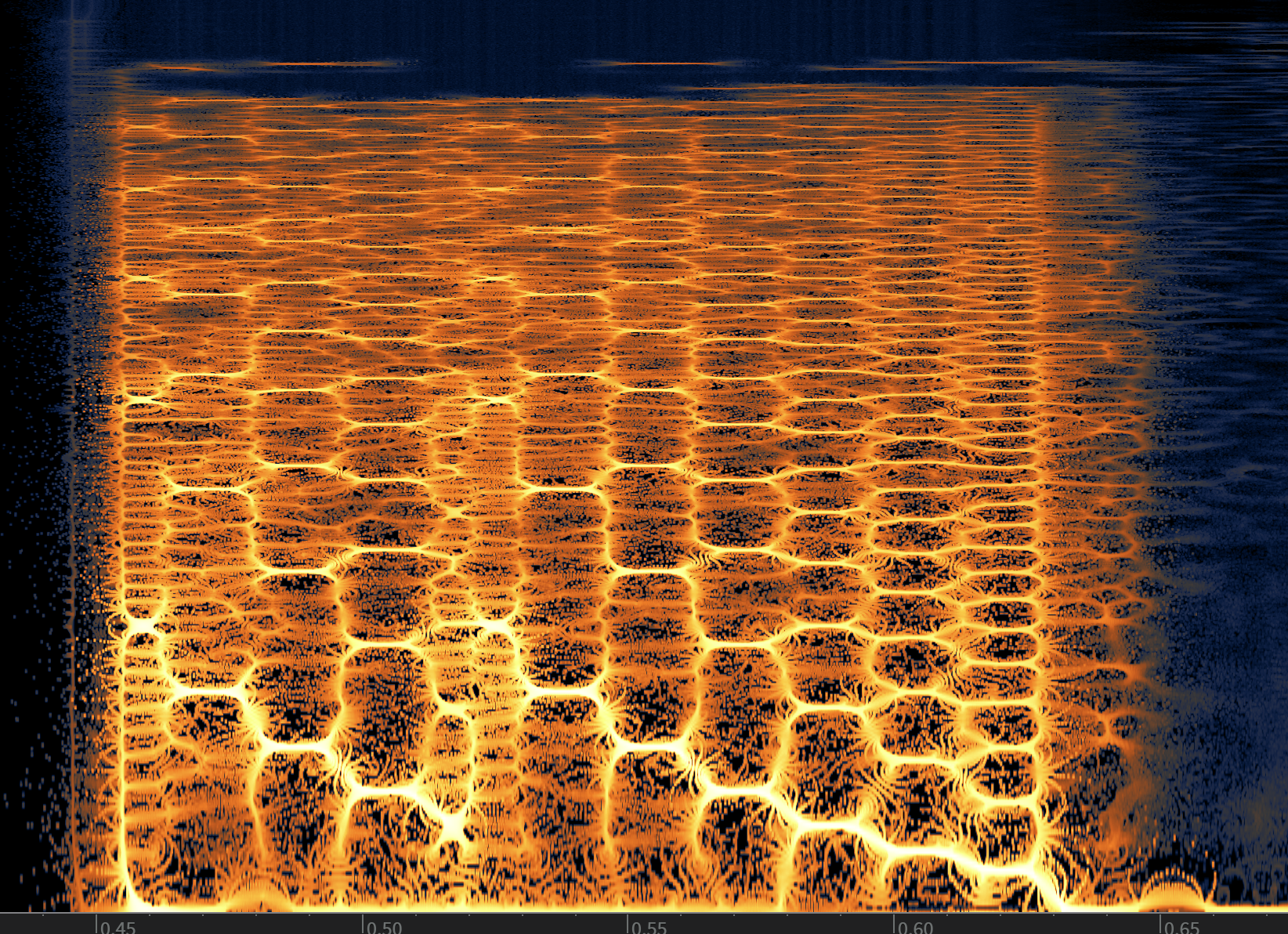
Here is the spectrum analyser for the same section. From here it's easy to identify root notes and their harmonics. The frequencies were mapped to notes so i could check for scales and anything else then converted to MIDI
And then here is the spectrum output of the Yoshi Mount effect in which i can't tell much except for some rough frequency sweeps and the possibility of it being AM from the screenshot in the above post.:
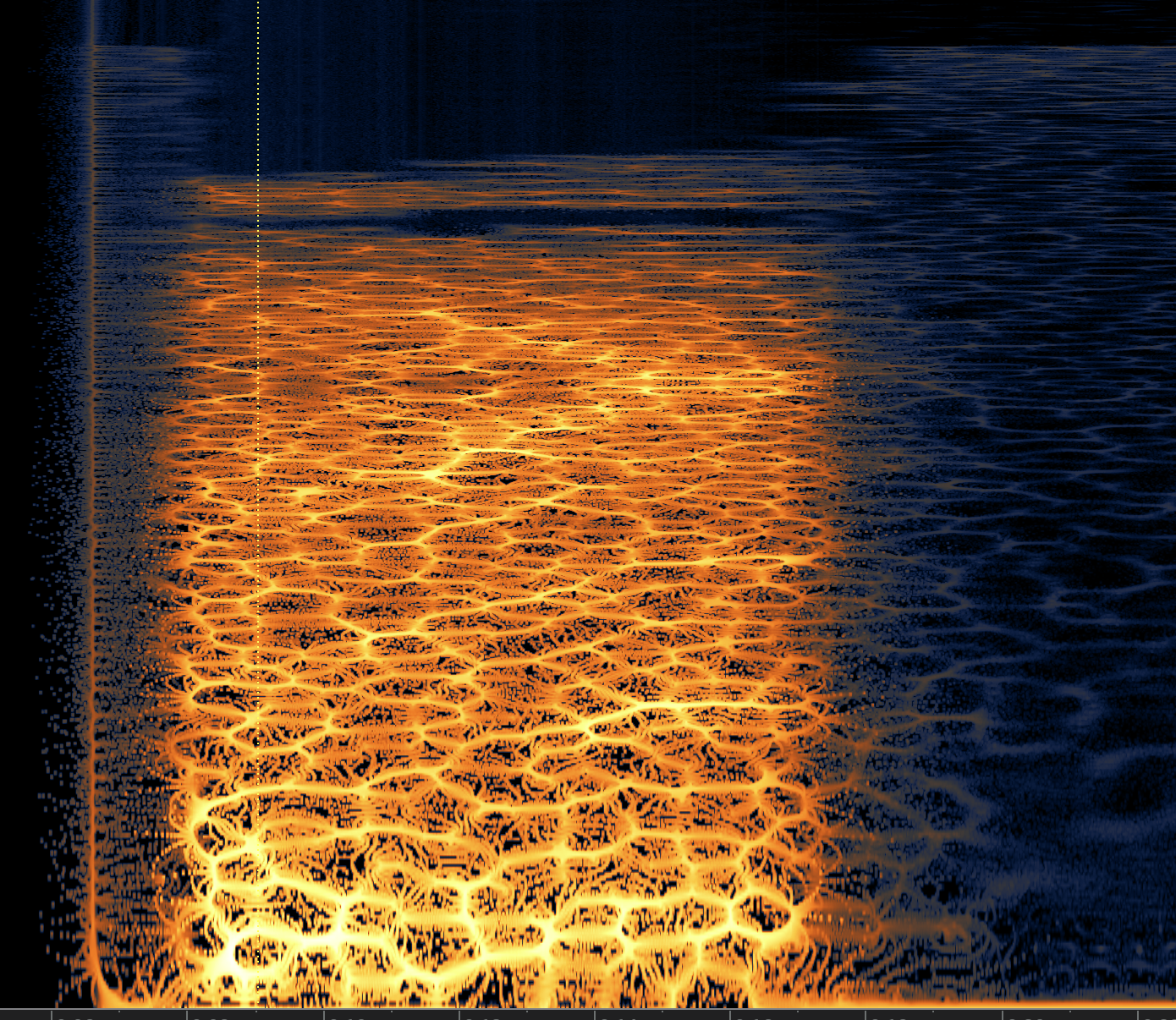
On a side note i love Izotope RX! it's fantastic for stuff like this (and yes, it's a legit copy)

-
 polyphuckin
posted in technical issues • read more
polyphuckin
posted in technical issues • read moreDo you have an example of your code, and when you release one of the pedals does it return to a default state (i.e Momentary or latching)? I can't really tell from the picture.
-
 polyphuckin
posted in patch~ • read more
polyphuckin
posted in patch~ • read moreHello there, It's been a while since i've posted properly and used Pd in any capacity. So i decided to set my self a little challenge.
I decided to try and recreate some of the sound effects from the Super Mario games. I got the sound effects from this soundboard specifically Fireball, Jump, Power-up and Warp Pipe. I've linked my patches here for people to have a look at and point me in the right direction for being more efficient with the sound creation and coding process.
mario_fireball.pd
Mario_jump.pd
mario_power_up.pd
Mario_warppipe.pdThe process involved bouncing the audio out of the soundboard, then analysing the file in Izotope RX. From there i could identify things like which wave form to use (square) everything from frequencies, note duration, envelopes and anything else. Initially I had used an infinite bandwidth squarewave but that proved to bright against the original so went with a bandlimited square wave using sinesum. The biquad is a lowpass filter dialed in using [lowpass] and [tanh~] is there just for a little distortion.
But i've hit a brick wall with the 'Yoshi Mount' effect. I think it's something like amplitude modulation with a modulated carrier (FM come AM) based on what i can see:
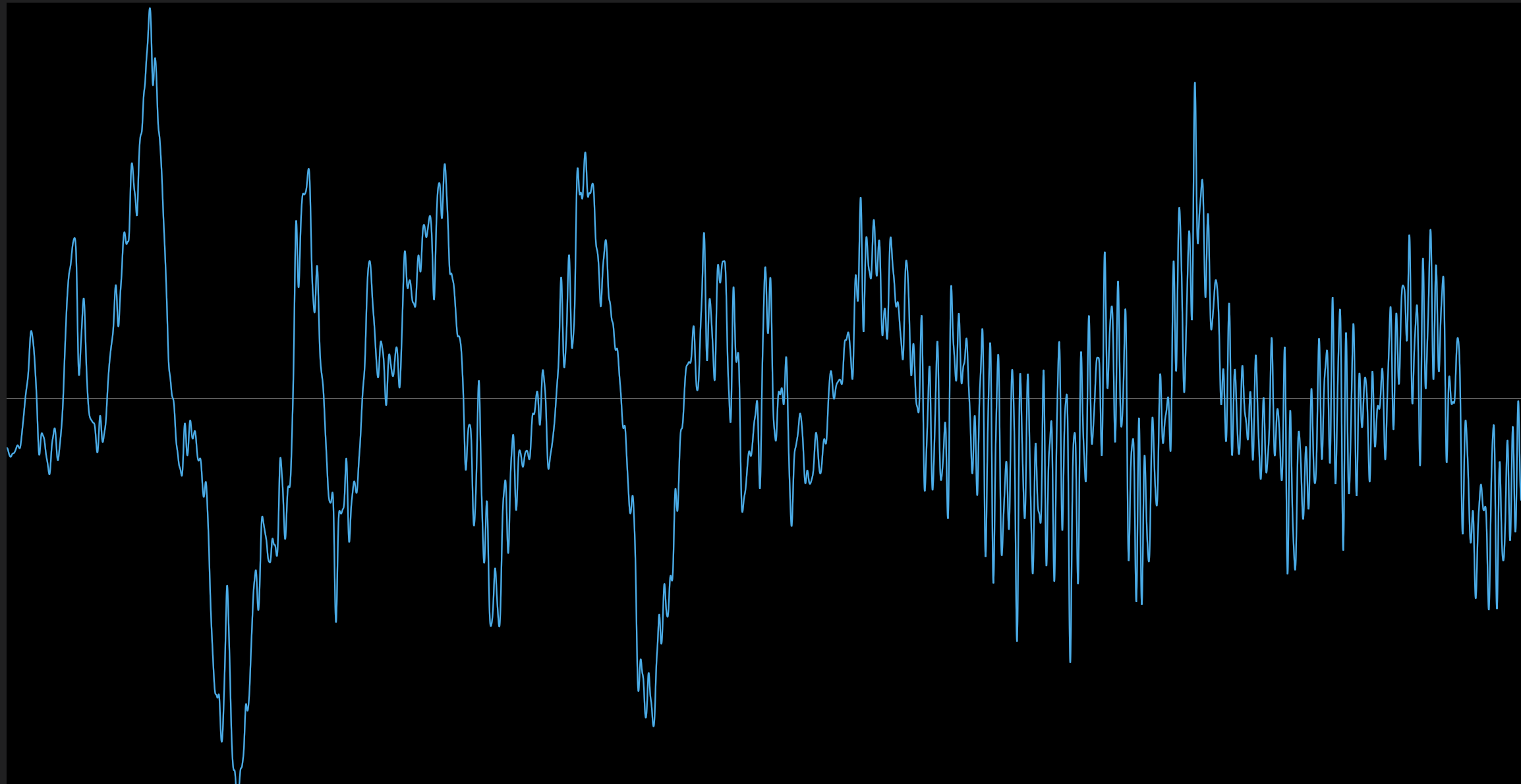 (an example of the wave form)
(an example of the wave form)does anyone have a few pointers for me, any feedback would be great.
Feel free to use the patches where ever, they're just a bit of fun.
Cheers
-
 polyphuckin
posted in technical issues • read more
polyphuckin
posted in technical issues • read moreFarnell has a great section in his book, Designing Sound, on mammal sounds and human vowels.
Maybe you could look at his patch and use it as a starting point. You can find the patch here
but i really recommend buying the book to read that section, the whole books is really good.That might help as a starting point though.
-
 polyphuckin
posted in technical issues • read more
polyphuckin
posted in technical issues • read moreOk, so i did a quick test with a very long audio file and it didn't work. It does work for medium length files though as -resize didn't always work.
Here's the patch anyway if you want to have a look.
-
 polyphuckin
posted in technical issues • read more
polyphuckin
posted in technical issues • read moreI had a similar problem a long time ago if i remember correctly i had to change the size of the array to the correct samples BEFORE using soundfiler to load in. I think you have to do away with the -resize in the message box.
I'll see if i can recreate it and upload the patch.
-
 polyphuckin
posted in pixel# • read more
polyphuckin
posted in pixel# • read moreHi @whale-av
I actually did do a read through of the manual prior to posting, but couldn't see anything related to my idea. Everything works as described if i import a video, but this seems too much for Pd to handle most times. it's just not smooth enough.
The idea is so that when [gemwin] is created I can see everything underneath, i.e if it was on a second screen i could see the Desktop underneath.
It looks like it's not possible.
-
 polyphuckin
posted in pixel# • read more
polyphuckin
posted in pixel# • read moreIs there a possible way to make the GEM window either opaque or transparent?
The idea is to build a similar application to this one, but cheaper.
It's used for producing visual cues for doing ADR in post production. The idea is that you set up a cue (called streamers) based on either SMPTE or MTC from your DAW, in my case Pro Tools, then set a prescribed pre roll for the streamer so a coloured bar moves across the screen like a count down, then a 'cig burn' appears in the centre to indicate the cue.
I know I could probably achieve this by loading in the movie file that is being worked on, but that seems like a lot of computing work for Pd, especially when it's in HD.
I've got the streamers part working, in that they move across the screen when triggered and can be altered to a prescribed pre roll the only thing i'm stuck on is the transparent window that i can just position as an overlay with a separate floating video window.
I'm working in OS X on the latest Pd-Extended.
Cheers guys.
